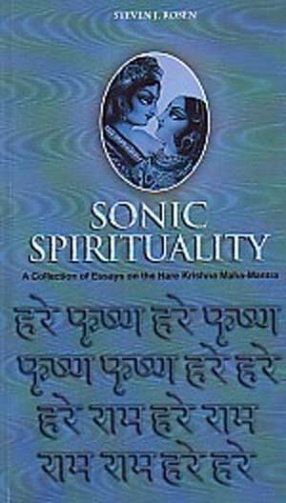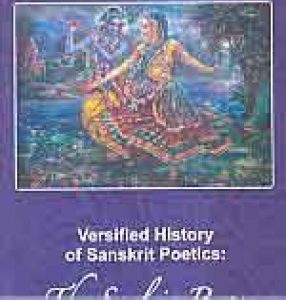
Rasbihari Lal & Sons

43 books
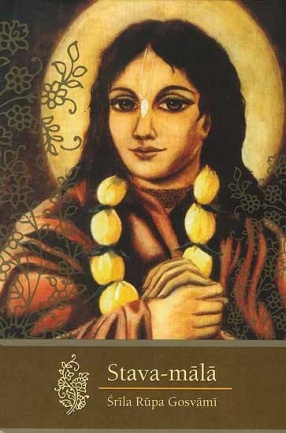
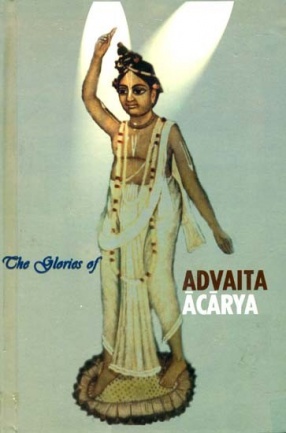
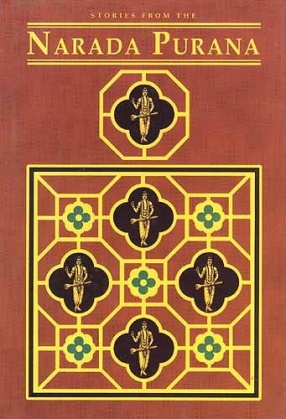
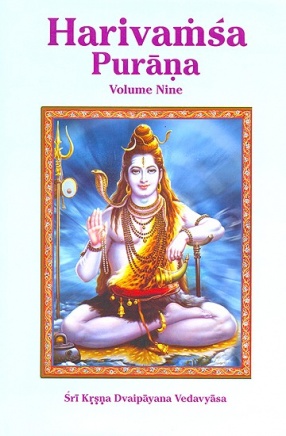
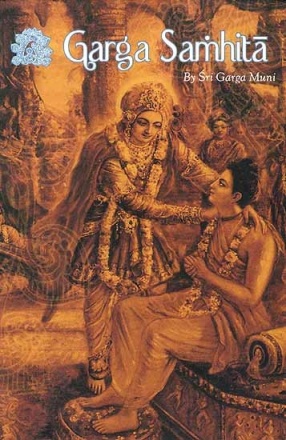
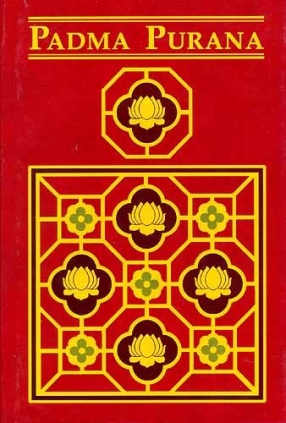
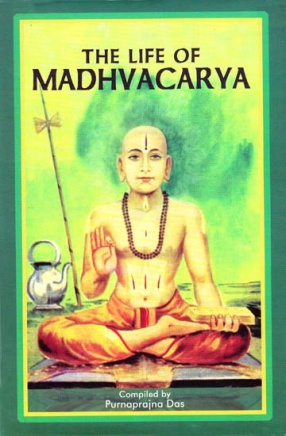

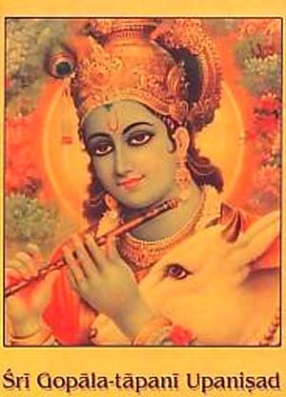

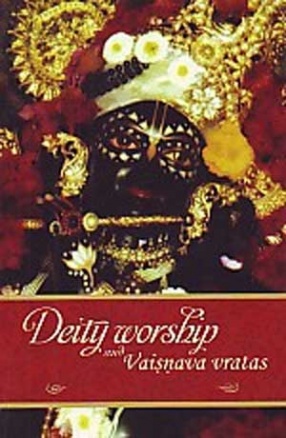

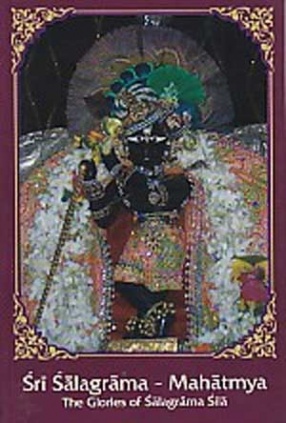

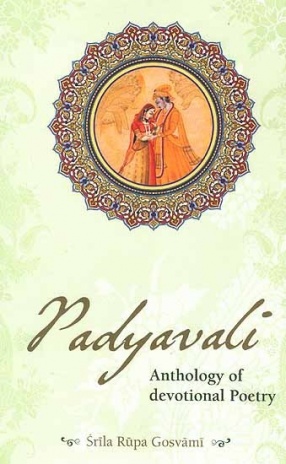
The purpose of this book is nicely described in the very first verse: This Padyavali (Anthology of Poetry) was written by devotees expert in the mellows of devotional service. This book contains many beautiful verses, which have been collected for the pleasure of the devotees. It illuminates the darkness of ignorance, and it is an ocean of transcendental bliss. Of course, there are many anthologies of verses written by great devotees, but one notable point is ...

In a purport of Sri Caitanya-caritamrta, Srila Prabhupada wrote: In the Gaura-ganoddesa-dipika (180) Sri Rupa Gosvami is described to be the gopi named Sri Rupa manjari. In the Bhakti-ratnakara there is a list of the books Sri Rupa Gosvami compiled. Of all his books, the following sixteen are very popular among Vaisnavas: (1) Hamsaduta, (2) Uddhava-sandesa, (3) Krsna-janma -tithi-vidhi (4 and 5) Radha-krsna-ganoddesa-dipika, Brhat (major) and Laghu (minor), (6) ...


This is the second in the series of maha-puranas, told in story form. In the Shrimad-Bhagavatam, Canto 12 chapter 7 verses 23 and 24 it is stated: The eighteen major Puranas are the Brahma, Padma, Visnu, Siva, Linga, Garuda , Narada , Bhagavata, Agni, Skanda, Bhavisya, Brahma-vaivarta, Markandeya, Vamana, Varaha, Matsya, Kurma and Brahmanda Puranas.
The Narada Purana is not as often quoted by the Vaishnava acharyas as most of the other Puranas. In Shrila ...
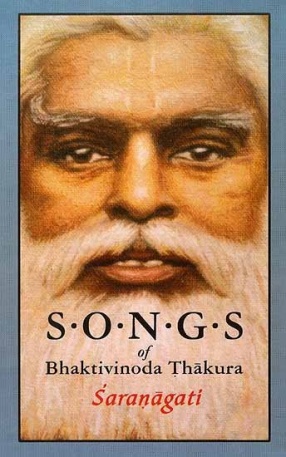

Harivamsa and Mahabharata are complementary to each other. Harivamsa especially describes the pastimes of the supreme Lord that took place after the battle at Kuruksetra including his pastimes of disappearance. Harivamsa is considered to be a supplement of Mahabharata. It is divided into three parts Harivamsa parva Visnu parva and Bhavisya Parva. Harivamsa parva has fifty five chapters Visnu parva has one hundred twenty eight chapters and bhavisya parva has one ...
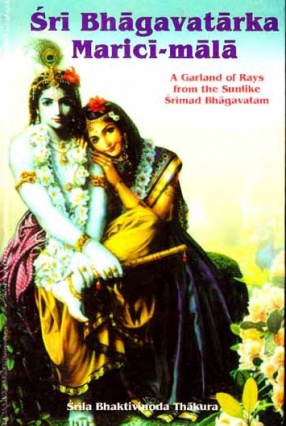
When I was realizing Srimad Bhagavatam one day, Sri Svarupa Damodara Prabhu appeared in my realization and instructed me, “By the order of Mahaprabhu, arrange the verses of Srimad Bhagavatam under the categories of sambandha, abhidheya, and prayojana. Then, by the mercy of Sriman Mahaprabhu, this book will be accepted in the assembly of Vaisnavas as a book for daily recitation.” By that inspiration only, this fallen servant Bhaktivinoda compiled this ...

The original Vedic srutis and their derivative smrtis mostly reflect the general interests of human beings, who strive for material progress, rarely inquiring philosophically into the purpose of life. The confidential science of pure devotional service is taught explicitly only in a few Vedic scriptures little known to the public. Among these rare texts are the Gopala tapani Upanisad, the Narada Pancaratra, the Garga Samhita, the Visnu Purana, the Hari-vamsa ...

Padma Purana is one of the eighteen principle Puranas, as explained in Shrimad-Bhagavatam (12.7.25):
"The eighteen major Puranas are the Brahma, Padma, Vishnu, Shiva, Linga, Garuda, Narada, Bhagavata, Agni, Skanda, Bhavishya, Brahma-vaivarta, Markendeya, Vamana, Varaha, Matsya, Kurma and Brahmanda Puranas."
In a conversation with his disciples, Shrila Prabhuapada tells about the importance of the Padma Purana:
Srila Prabhupada: "So, there are ...
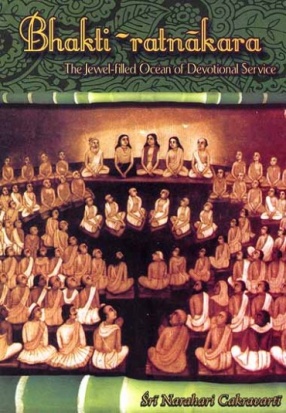
Bhakti-ratnakara, written by Sri Narahari Cakravati, who was also known as Ghanasyama dasa, is a very respected and authorized literature describing the lives of the devotees after the disappearance of Sri Caitanya Mahaprabhu. It especially illuminates the glories of the great acaryas, Srinivasa Acarya and Narottama dasa Thakura.
By reading Bhakti-ratnakara, we can vividly experience the mood of the times after the disppearance of Sri Caitanya Mahaprabhu, and how ...

In his childhood Madhvacarya was known as Vasudeva, and there are some wonderful stories surrounding him. It is said that once when his father had piled up many debts, Madhvacarya c tamarind seeds into actual coins to pay them off. When he was five years old, he was offered the sacred thread. A demon named Maniman lived near his abode in the form of a snake, and at the age of five Madhvacarya killed that snake with the toe of his left foot. When his mother was ...

At the time of the Norman Conquest a revolution took place in the religious life of medieval India. A ware of devotion to Visnu, the one Supreme Lord of the Vedas, spread across the entire subcontinent. Spearheading this movement was a philosopher, saint and devotee – Ramanuja. Herein is described his life and teachings, his struggles against prejudice and persecution, and above all his purity and deep love of God.
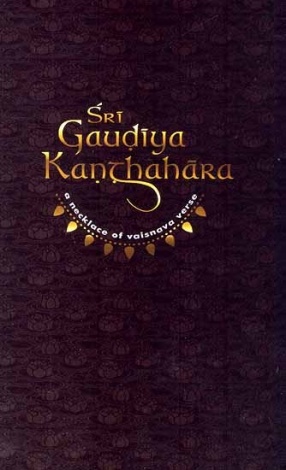
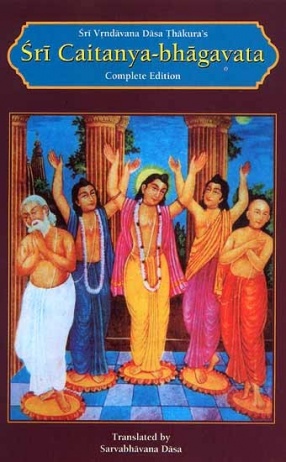
The Sri Caitanya Bhagavata of Srila Vrndavana dasa Thakura is a central work of Gaudiya Vaisnavism wherein the life and teachings of Sri Krsna Caitanya Mahaprabhu are recorded. To chronicle the activities of an incarnation of the Supreme Lord, Sri Krsna, demands the greatest of authors and Srila Vrndavana dasa Thakura displays herein the mastery that confirms the sastric statements that he is no less than an incarnation of Srila Vedavyasa.
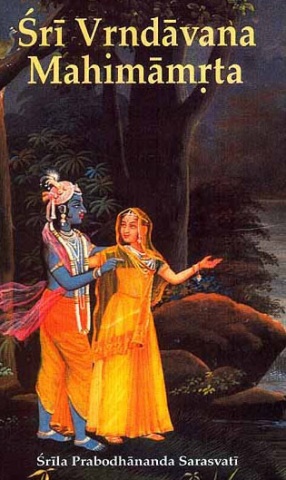
Sri Prabodhananda was living in the holy place of Sri Rangam as a resident sannyasa of the Sri Sampradaya. On account of his being highly learned, he was renowned as Saraswati. After receiving the mercy of Mahaprabhu at Sri Rangam, Prabodhananda become a worshiper of Radha Krsna. After some time he came to Nilacala and saw Mahaprabhu and his associates. It is found from the evidence of Sri Caitanya candramrta that after reaching Nilacala, Prabodhananda directly ...

The Heart of Hinduism: The Eastern Path to Freedom, Empowerment and Illumination.This is a definitive and easy to understand guide to the essential as well as devotional heart of the Vedic/Hindu philosophy. It desribes the depths of wisdom and insights that are contained within this profound spiritual knowledge. This presentation contains numerous references from a variety of the ancient Vedic texts to provide a direct view of the spiritual knowledge that they ...
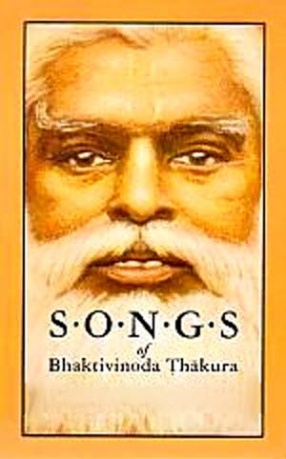
Volume Title: V. 1. Kalyana kalpataru = Desire tree of auspiciousness; V. 2. Saranagati = Surrender; V. 3. Gitavali; V. 4. Gitamala : Yamuna bhavavali (songs based on Sri Yamunacaryas Stotra-ratna).


On Krishna, Hindu deity and Bhakti representing Vaishnava view point.
